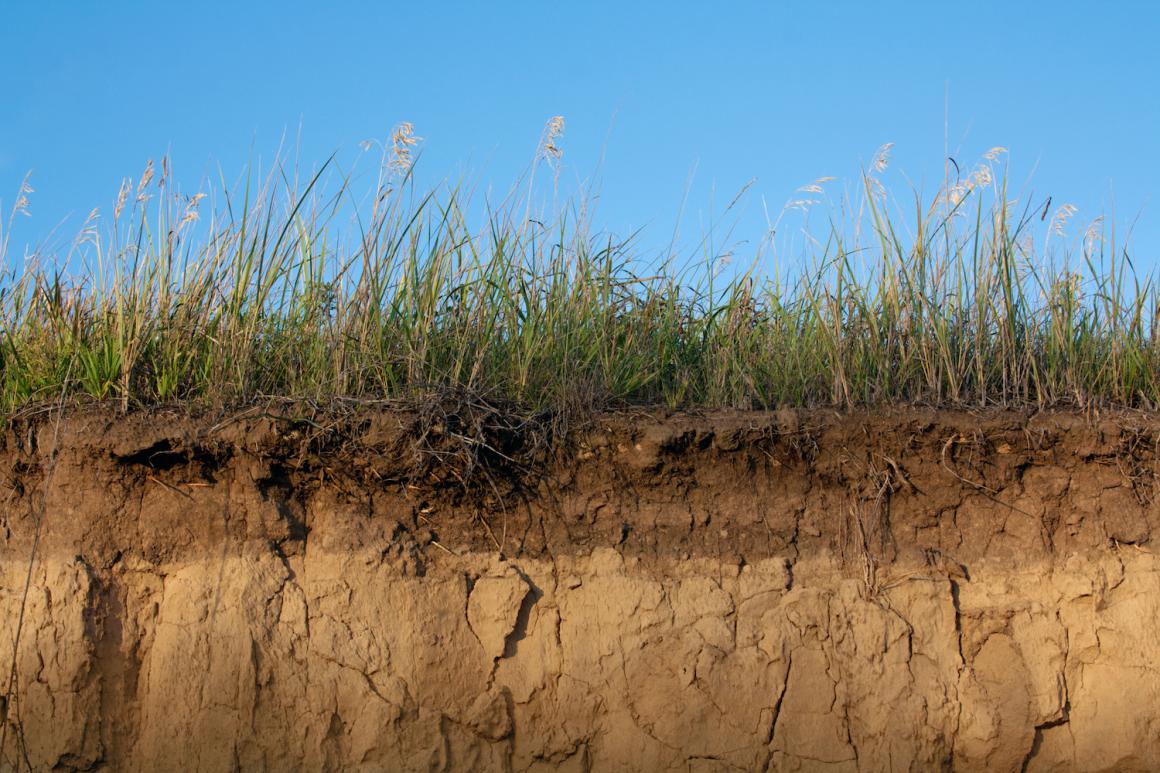Soil Moisture Seminar Series: SMAP Satellite Validation Experiment 2019–2022

The National Coordinated Soil Moisture Monitoring Network is initiating a quarterly seminar series to regularly share innovative soil moisture research activities. This first seminar provided an overview of the SMAP Satellite Validation Experiment 2019–2022 (SMAPVEX19-22): a field experiment to provide calibration and validation of the NASA Soil Moisture Active Passive (SMAP) satellite.
Presenters
- Mike Cosh, USDA Agricultural Research Service, Hydrology and Remote Sensing Laboratory, Beltsville, MD
- Andreas Colliander, Jet Propulsion Laboratory, California Institute of Technology, Pasadena, CA
More Details
Soil moisture remote sensing is capable of estimating global surface soil moisture on a near daily basis using L-band radiometry. Several satellites are currently collecting these data and producing datasets that are being used for a wide variety of applications. But fundamental to the satellite missions is a robust calibration and validation program to calibrate and validate these products against a ground truth reference. Field experimentation is one way to provide this ground reference as well as to improve the satellite algorithms to better estimate surface soil moisture. A study was initiated in 2019 to improve the production of soil moisture estimates from the NASA Soil Moisture Active Passive (SMAP) Mission across densely vegetated regions, such as the eastern coast of the United States. For the SMAP Validation Experiment (SMAPVEX19-22), two study domains were instrumented with ground measurement stations in Dutchess County, New York, and Worcester County, Massachusetts, to provide a high-quality reference for the satellite product. In addition, an aircraft campaign is planned for 2022 to provide higher resolution remote sensing products, allowing for more detailed algorithm development. A review of field experiment design and execution was presented with specific examples from the SMAPVEX19-22.



